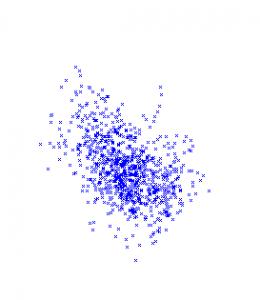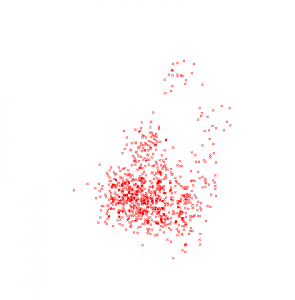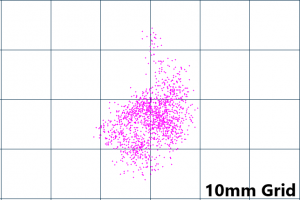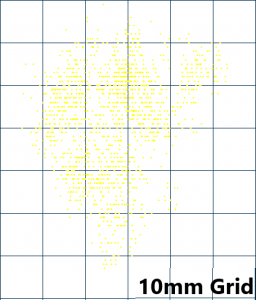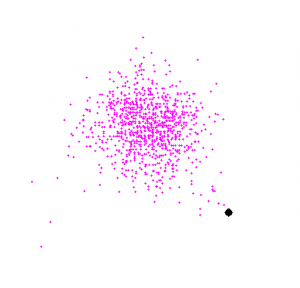Accuracy Case Study
Following on from our successful 2020 GNSS Receiver accuracy study we decided to undertake a new test in 2022 with a new lineup of GNSS Receivers. Taking advantage of a new lineup of receivers we supply to our customers, as well as noteable market players and new GNSS Receivers that are entering the market.
Introduction
The purpose of this kind of test is not to just test the functionality, accuracy and strength of multiple different receivers in a challenging environment but also to help dispel the my that the biggest named brands on the market have the best accuracy and are the only viable option for your application.
All GNSS Receivers have the same fundamental components and tolerances built into them but its the changes in constellation connectivity, antenna strength and the strength of their boards and connectivity rates that will change the accuracy of the results.
This test which is undertaken in a challenging location with buildings and tree canopies close by to test the ability of the receivers to be able to recalculate their position, connect to satellites in difficult settings and determine the amount of Drift and Height change that occurs from a static observation.
Our aim was to discover which unit had the least radius of drift whilst measuring in an obscured position.
We would take all data acquired and average out the total number of points against each other to find out which GNSS receiver would produce the best clustered results. The point of this test was to decipher which GNSS units had the least amount of variation; this is important when looking to purchase a unit which is going to be used in obstructed areas.
As any expert within the surveying field would know using a GNSS system in an open unobstructed field is the ideal setting for these devices but as we all know these settings aren’t always obtainable and more often than not these devices are used in obstructed areas.
Our testing of these devices was done in an obscured area with this spot being a GDA (Geocentric Datum of Australia) Point.
This point was tested thoroughly previously, and the point data has been logged to Geoscience Australia as a known point.
Below are the logged coordinates for this point and this data will be the benchmark for all the testing we undertook.
| Name | Latitude | Longitude | Ellipsoidal |
| AUSPOS | 6137764.312 | 278793.578 | 10.638 |
As a basic rule of thumb when it comes measuring the accuracy of a GNSS unit, we decided along with the AUSPOS Position being known and recorded and the Data collected over 2 days during the same window of time to optimize satellite positioning that we would also take points from each device every second taking a total of 1500 points per device, this would equate to 25 Minutes of testing on each device.
This would allow us to get consistent average reading across all of the units we tested and allow our data to be relied upon just like it would be out on a job site.
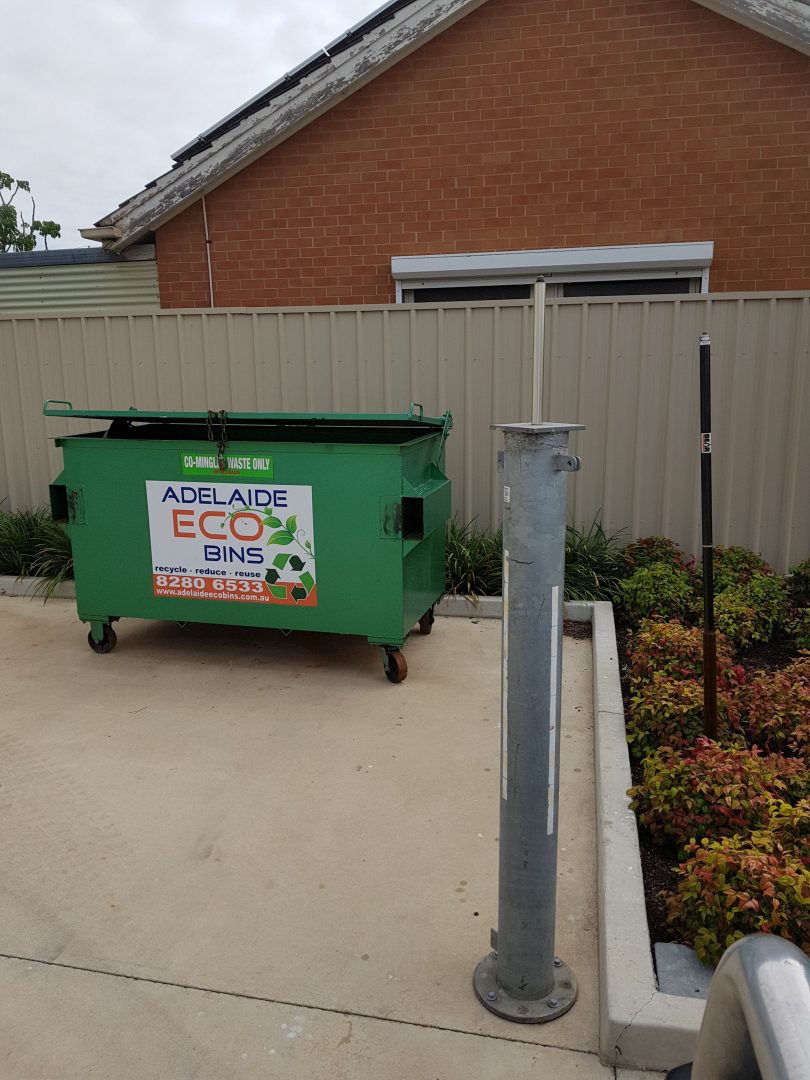
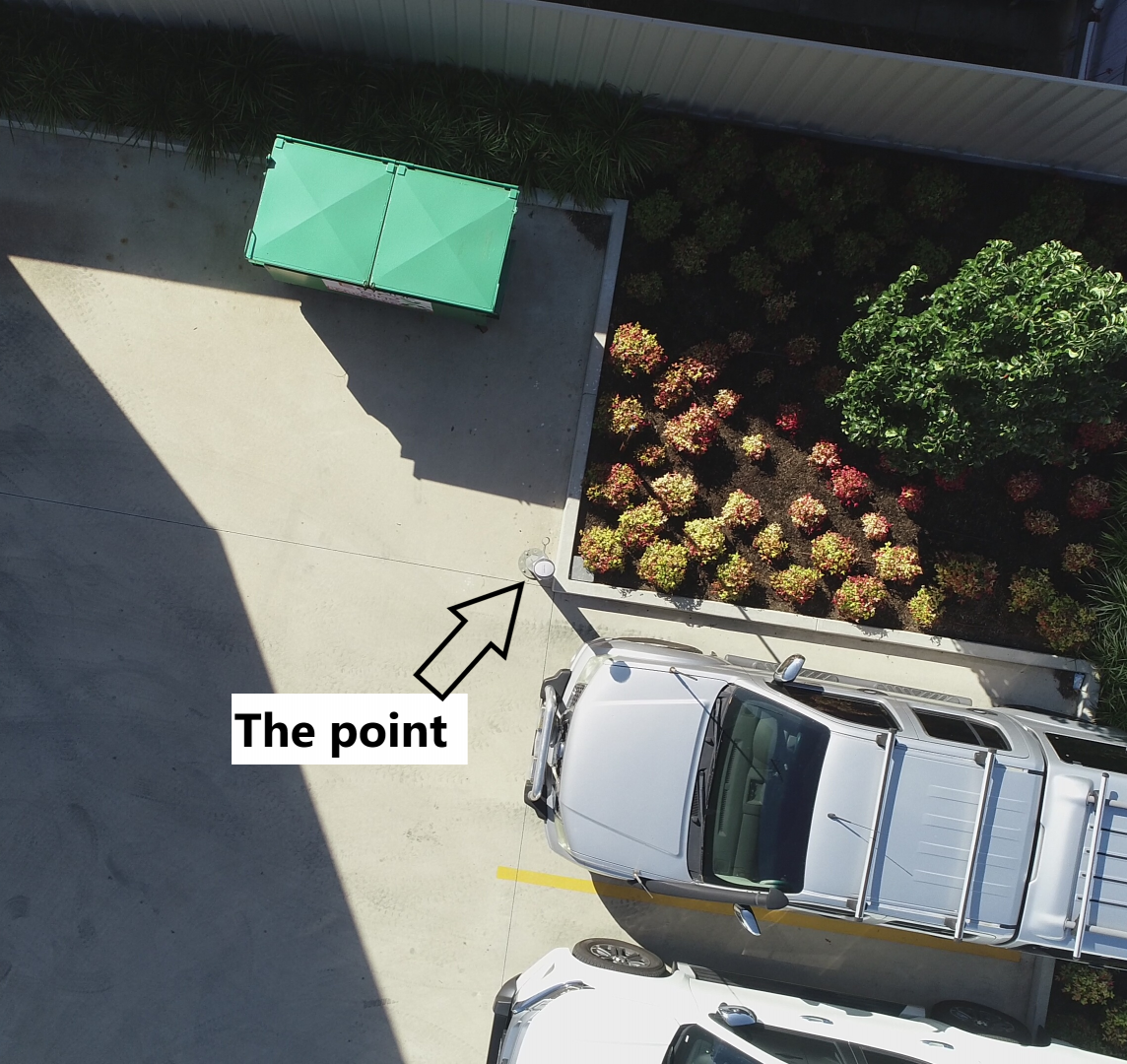
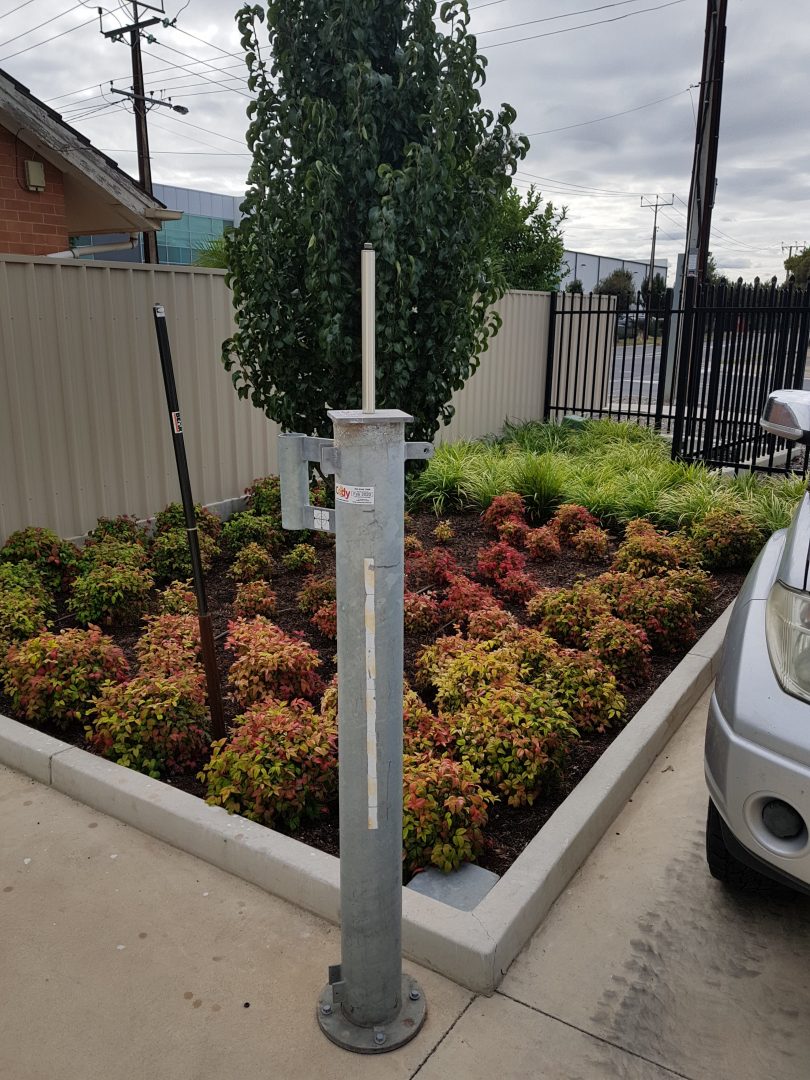
Each GNSS Unit was configured to our CodyRTK Correction signal network on the GDA54 2020 projection.
By using a single correction signal for each GNSS Receiver, it allows us a more consistent readings from each device to be able to equally compare them against each other.
Below are the Models which were tested and the manufactures best possible accuracy in an open position.
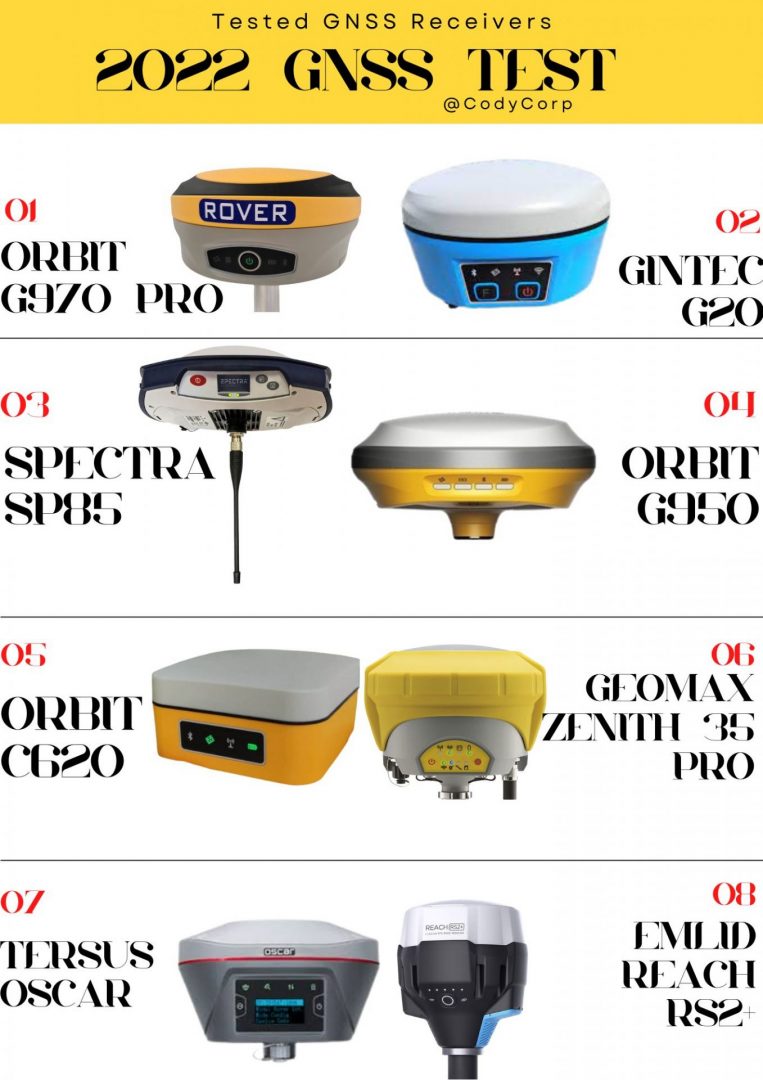
All of the GNSS Receivers we tested were capable of connecting to all available constellations other than the Zenith 35 Pro.
- Orbit G970 Pro – GPS, Glonass, BeiDou, Galileo, QZSS
- Orbit G950 – GPS, Glonass, BeiDou, Galileo, QZSS, SBAS
- Tersus Oscar – GPS, Glonass, BeiDou, Galileo, QZSS, SBAS
- Gintec G20 – GPS, Glonass, BeiDou, Galileo, QZSS, SBAS
- Spectra SP85 – GPS, Glonass, BeiDou, Galileo, QZSS, SBAS
- Zenith 35 Pro – GPS, Glonass, Beidou, Galileo
- Orbit C620 – GPS, Glonass, BeiDou, Galileo, QZSS, SBAS
- Emlid Reach RS2+ – GPS, Glonass, Beidou, Galileo
RESULTS
The positions calculated by each GNSS Receiver is an average position after collecting over 1500 points during the window of time tested.
We tested each receiver 3 times over to ensure the test results were as accurate as possible and utilizing different days allowed us to gather data in a variety of weather conditions and times of days.
After collecting all the data we were able to determine the accuracy of all tested receivers with satisfying results that we trusted as data that we can accurately measure the accuracy of each unit as detailed as possible.
Below is the average breakdown of all the tested units data across all 3 tests.
| Northing | Difference | Max | Min | Average | |
| Orbit G970 Pro | 6137764.320 | 0.008 | 6137764.33 | 6137764.307 | 6137764.320 |
| Orbit C620 | 6137764.313 | 0.001 | 6137764.32 | 6137764.302 | 6137764.312 |
| Gintec G20 | 6137764.317 | 0.005 | 6137764.31 | 6137764.298 | 6137764.305 |
| Spectra SP85 | 6137764.322 | 0.010 | 6137764.33 | 6137764.319 | 6137764.325 |
| Orbit G950 | 6137764.313 | 0.001 | 6137764.32 | 6137764.302 | 6137764.310 |
| Tersus Oscar | 6137764.293 | -0.019 | 6137764.32 | 6137764.300 | 6137764.309 |
| Zenith 35 Pro | 6137764.343 | 0.031 | 6137764.37 | 6137764.312 | 6137764.343 |
| Emlid Reach RS2+ | 6137764.322 | 0.010 | 6137764.33 | 6137764.308 | 6137764.322 |
| Easting | Difference | Max | Min | Average | |
| Orbit G970 Pro | 278793.579 | 0.001 | 278793.591 | 278793.569 | 278793.579 |
| Orbit C620 | 278793.584 | 0.006 | 278793.593 | 278793.574 | 278793.584 |
| Gintec G20 | 278793.582 | 0.004 | 278793.586 | 278793.572 | 278793.580 |
| Spectra SP85 | 278793.576 | -0.002 | 278793.579 | 278793.569 | 278793.573 |
| Orbit G950 | 278793.588 | 0.010 | 278793.594 | 278793.576 | 278793.585 |
| Tersus Oscar | 278793.583 | 0.005 | 278793.583 | 278793.561 | 278793.571 |
| Zenith 35 Pro | 278793.581 | 0.003 | 278793.627 | 278793.562 | 278793.581 |
| Emlid Reach RS2+ | 278793.568 | -0.010 | 278793.578 | 278793.554 | 278793.568 |
| Height | Difference | Max | Min | Average | Overall Rank | |
| Orbit G970 Pro | 10.624 | 0.023 | 10.659 | 10.591 | 10.624 | 1st |
| Orbit C620 | 10.652 | 0.021 | 10.679 | 10.629 | 10.653 | 2nd |
| Gintec G20 | 10.647 | 0.018 | 10.675 | 10.613 | 10.643 | 3rd |
| Spectra SP85 | 10.652 | 0.026 | 10.767 | 10.730 | 10.748 | 4th |
| Orbit G950 | 10.661 | 0.034 | 10.664 | 10.612 | 10.638 | 5th |
| Tersus Oscar | 10.674 | 0.06 | 10.693 | 10.654 | 10.675 | 6th |
| Zenith 35 Pro | 10.689 | 0.085 | 10.721 | 10.631 | 10.689 | 7th |
| Emlid Reach RS2+ | 10.869 | 0.252 | 10.918 | 10.638 | 10.870 | 8th |
Spectra SP85 GNSS Receiver
The SP85 showed fairly consistent results across all 3 tests undertaken. With it fairing quite well in the Ellipsoidal test. coming in with a passable 0.026mm difference in height.
Below is the plot map of the N&E Points which highlights the extent of the dirft captured by the SP85 Receiver.
Even though the results werent the best out of all the tested units, the Spectra Precision SP85 was easy to connect to, simple to use and had strong connectivity to satellites and bluetooth connections.
Orbit G970 Pro
The Orbit G970 pro performed exceptionally well just like the previous G970 unit did in the previous test.
The upgraded Orbit G970 Pro ranked as the best unit in the test with only a 0.008mm N&E total difference and a 0.015 Ellipsoidal Height difference which was the best of all the units tested.
Below is the plot map of all the points collected to highlight the clumped nature of the Northing and Easting Points.
The Orbit G970 Pro is Cody Corporations unit of choice when it comes to supplying new customers with an affordable GNSS Receiver that can accurately measure their position within their price budget.
Orbit G950
The Orbit G950 is the baby brother to the G970 Pro which is just as reliable as the G970. This is a smaller unit with a lower battery life but just as powerful.
The N&E Difference was only 0.011mm which is very accurate and finished 3rd amongst our tested units for N&E difference.
Its ellipsoidal height difference was 0.034mm which is just outside of acceptable 0.030mm range but by far not the worst unit we tested.
The Orbit G950 is our cheapest GNSS Receiver we offer to our customers. If they are looking for an affordable site position receiver the Orbit G950 is the best option for this.
Tersus Oscar
The Tersus Oscar is a new to market receiver in Australia which was provided to us for testing purposes. Once compared against our other units the results spoke for themselves. With a 0.024mm N&E Difference and a 0.060mm Ellipsoidal Height difference this put the Tersus Oscar firmly at the back of the pack of the tested models coming in at 5th place.
Below the plot map highlights the drift that the Tersus Oscar underwent during the testing.
The Tersus Oscar was tested in the same environment as all the other receivers and under performed compared to alot of the others. The GNSS Receiver isnt exactly the cheapest option on the market compared to the others either making it not a viable GNSS Receiver.
Gintec G20
The Gintec G20 Receiver is the next newest model floating around on the Australian market. A bunch of importers have been bringing in the Gintec G20 at an affordable price.
The results of the Gintec G20 weren’t the worst that we tested and actually came in 3rd place overall.
With a N&E Variation of only 0.009mm and a Ellipsoidal Height Difference being 0.018mm which was also under the benchmark of 0.030mm.
Below is the plot map for the Gintec G20 which highlights the good accuracy of teh Gintec Unit.
Although the accuracy of the unit was good, the issue with the Gintec was the bluetooth connectivity to units and the requirement of a Sim card inside the GNSS Receiver to make it function correctly.
This caused us great difficulty when trying to accurately test this unit with it constantly disconnecting from the data collectors and causing interuptions with the point collection.
For this reason alone it would be a receiver we dont reccomend for purchase.
Geomax Zenith 35 Pro
The new Geomax Zenith 35 Pro was tested against the other units as the previous Zenith 25 was our worst performing device in the last test so we were hoping for improved results with the newest model.
This was not the case with it coming in last place again this year. The N&E Difference came in 0.034mm which was by far the worst tested unit. The Ellipsoidal Height difference of 0.051mm was also the worst tested device and was well outside of suitable range.
The plot map below highlights the spreadout point collection.
As per last test we would not reccomend the Geomax GNSS Receivers over the other receivers tested purely due to the test results and the higher price point making the Geomax Receivers not a good option.
Orbit C620
The Orbit C620 was an exceptional device which performed overall the 2nd best out of all the tested units. With an N&E difference of only 0.007mm and a Ellipsoidal Height Difference of only 0.021mm which wasnt the best device but was within the tollerance set.
The Orbig C620 is a very affordable device and its performance against much more expensive devices tested against.
This is Cody Corporations alternative GNSS Receiver to the G970 and G950 units, its performance is very good and pricing is very affordable.
Emlid Reach RS2+
The Emlid Reach RS2+ is a dedicated positional GNSS Receiver. The Elipsoidal height is something to worry about.
Although the device is very affordable it is very limited.
The Emlid is a very good device for Location services but other than that is drastically under performs in Civil and Survey markets.
CLOSING
After completing the 2nd round of testing from our first test we determined the G970 Pro was infact the outstanding receiver outperforming much more expensive units and other compareable units by quote a margin in some cases. Our G970 is our go to model and can be used across a multitude of difference applications
Local Area Site Calibration
By tying in your GPS to the site your working on this will aid in giving your GNSS the best chance of producing the most accurate results possible.
RTK Correction Signal
Making sure you have a strong and reliable RTK correction signal aids in producing you with accurate results no matter what site you are working on. When using an RTK Correction Service making sure you are accessing the closest base is always a must as well as this will provide you with the best.
Future Testing
Should you wish for us to test some other GNSS Receivers please contact us here at Cody Corporation and we will arrange a time to test other units. Just like you we like to know how each individual unit performs against another. Feel free to contact us about any questions of this study and any ideas for future studies.


